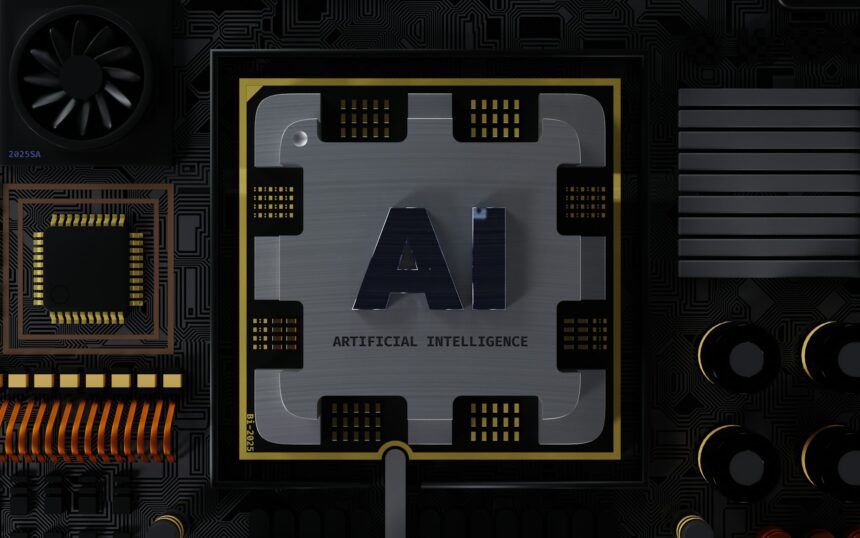Artificial Intelligence (AI) has revolutionized various sectors, from healthcare to finance, by automating complex decision-making processes. However, as AI systems become more integrated into our daily lives, concerns about algorithmic bias have emerged. Algorithmic bias occurs when AI systems produce results that are systematically prejudiced due to erroneous assumptions in the machine learning process. This bias can lead to unfair treatment of individuals based on race, gender, or other characteristics, perpetuating existing social inequalities.
What is Algorithmic Bias?
Algorithmic bias refers to the systematic and repeatable errors in a computer system that create unfair outcomes, such as privileging one arbitrary group of users over others. This bias can stem from various sources, including biased training data, flawed algorithms, and human biases embedded in the AI development process.
Causes of Algorithmic Bias
Understanding the root causes of algorithmic bias is crucial for developing effective mitigation strategies. The primary causes include:
- Biased Training Data: AI systems learn from historical data. If this data reflects existing biases, the AI will likely replicate and even amplify these biases.
- Flawed Algorithms: Algorithms designed without considering fairness can inadvertently produce biased outcomes. For example, an algorithm that prioritizes certain features over others may disadvantage specific groups.
- Human Bias: Developers’ conscious or unconscious biases can influence the design and implementation of AI systems, leading to biased decision-making processes.
Real-World Examples of AI Bias
Several high-profile cases have highlighted the impact of algorithmic bias:
- Facial Recognition: Studies have shown that facial recognition systems are less accurate in identifying people of color, leading to higher rates of false positives and negatives for these groups.
- Hiring Algorithms: AI systems used in recruitment have been found to favor male candidates over female candidates, reflecting historical gender biases in the workforce.
- Predictive Policing: Algorithms used to predict criminal activity have disproportionately targeted minority communities, exacerbating existing racial disparities in the criminal justice system.
Mitigating Algorithmic Bias
Addressing algorithmic bias requires a multifaceted approach that includes technical, operational, and policy measures:
Technical Solutions
Several technical strategies can help mitigate bias in AI systems:
- Bias Detection Tools: Tools like AI Fairness 360 provide metrics to detect and measure bias in datasets and models, helping developers identify and address potential issues early in the development process.
- Algorithmic Fairness: Implementing fairness-aware algorithms that consider the impact of decisions on different groups can reduce bias. Techniques such as reweighting training data or adjusting decision thresholds can help achieve more equitable outcomes.
- Explainability: Enhancing the transparency of AI systems by making their decision-making processes understandable to humans can help identify and correct biased behavior.
Operational Practices
Organizations can adopt several operational practices to mitigate bias:
- Inclusive Teams: Building diverse development teams can help ensure that different perspectives are considered in the AI development process, reducing the risk of biased outcomes.
- Regular Audits: Conducting regular audits of AI systems to assess their performance and fairness can help identify and address bias. Third-party audits can provide an objective assessment of the system’s impact.
- Stakeholder Engagement: Engaging with stakeholders, including those affected by AI decisions, can provide valuable insights into potential biases and help develop more inclusive AI systems.
Policy Measures
Governments and regulatory bodies play a crucial role in addressing algorithmic bias:
- Ethical Guidelines: Developing and enforcing ethical guidelines for AI development and deployment can help ensure that AI systems are designed and used responsibly. For example, the European Union’s Ethics Guidelines for Trustworthy AI outline principles for fair and transparent AI.
- Regulatory Oversight: Implementing regulatory frameworks that require organizations to assess and mitigate bias in their AI systems can promote accountability and transparency.
- Public Awareness: Raising public awareness about the potential risks and benefits of AI can encourage informed discussions and promote the responsible use of AI technologies.
“The only way to eliminate bias in AI is to eliminate bias in society.”
Anonymous
Future Directions
As AI continues to evolve, addressing algorithmic bias will remain a critical challenge. Future research and development efforts should focus on:
- Interdisciplinary Approaches: Combining insights from computer science, ethics, sociology, and other fields can help develop more comprehensive solutions to algorithmic bias.
- Continuous Monitoring: Implementing systems for continuous monitoring and evaluation of AI systems can help identify and address bias as it emerges.
- Education and Training: Providing education and training on ethical AI development for developers, policymakers, and the public can promote a more informed and responsible approach to AI.
In conclusion, understanding and mitigating algorithmic bias is essential for ensuring that AI systems are fair, ethical, and beneficial for all. By adopting a combination of technical, operational, and policy measures, we can work towards creating AI systems that reflect and promote the values of equity and justice.









